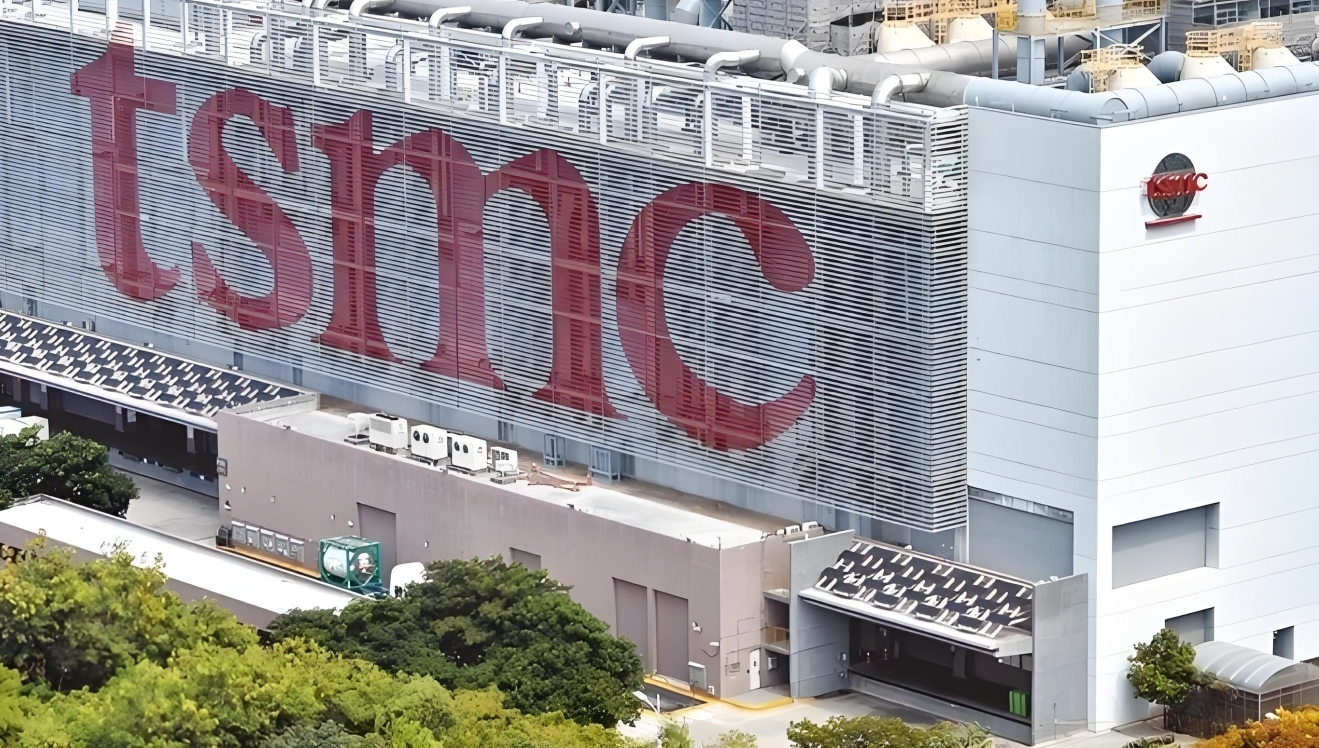
In the global semiconductor industry map, TSMC has always held a preponderant position. Nowadays, its wafer fab located in Phoenix, Arizona, USA, is on the verge of entering the mass production stage. It is like a boulder thrown into a calm lake, generating ripples and bringing numerous new variables and opportunities to the global semiconductor industry.
The Phoenix project of TSMC in the US has attracted extensive attention since its initiation. After several years of preparation and construction, a modern semiconductor manufacturing stronghold has gradually emerged from a barren land. The initially planned monthly production capacity reaches tens of thousands of wafers. This number may seem unremarkable at first glance, but it harbors tremendous industrial potential. A production capacity of tens of thousands of wafers implies that every month, thousands upon thousands of chips fabricated with advanced processes will be produced here and flow into the hands of electronic device manufacturers in the US and across the globe, injecting a continuous stream of impetus into a multitude of fields such as smartphones, computers, and automobiles.
From a technical perspective, TSMC has introduced its proficient advanced manufacturing processes to the US. It is anticipated that chips with 5-nanometer or even more advanced processes will be produced here, catering to the growing demand for high-end chips in the US. In today's technological era, even the minutest progress in chip manufacturing processes can result in a significant enhancement of the performance of electronic products. Take smartphones as an example. A more refined chip manufacturing process can enable the phone to operate at a faster speed, consume less power, and support more powerful photography, artificial intelligence, and other functions. Many US tech giants, like Apple and Qualcomm, have long relied on TSMC's production capacity in Taiwan to source high-end chips. Now, with the mass production of the US fab, the geographical distance of the supply chain has been shortened, which is expected to further optimize the product iteration cycle and help US tech enterprises seize the initiative in global competition.
For the local economy, the mass production of TSMC's US fab serves as a powerful stimulus. Phoenix, Arizona, where the fab is situated, was not originally at the core of the semiconductor industry. However, TSMC's entry has transformed this landscape. During the factory construction period, a large number of construction jobs were created, attracting the influx of labor from neighboring areas. With the commencement of mass production, thousands of direct chip manufacturing jobs have emerged, covering all levels, including engineers, technicians, and operators. These jobs offer attractive salaries, not only augmenting the income levels of local residents but also luring semiconductor talents from all over the US to congregate here, giving rise to a talent agglomeration effect. Meanwhile, upstream and downstream supply chain enterprises surrounding the wafer fab have also followed suit with their layouts. From raw material suppliers to chip packaging and testing companies, a complete semiconductor ecosystem is gradually taking shape in Phoenix, bringing sustained economic prosperity to the local area, driving tax growth, stimulating the consumer market, and making Phoenix a new economic growth pole in the southwestern United States.
Under the influence of global geopolitical factors, the significance of TSMC's US fab has been further magnified. In recent years, the international trade situation has been complex and volatile, and chips, as crucial strategic materials, have become the focus of competition among countries. TSMC's establishment and mass production of a fab in the US, on the one hand, stem from the company's considerations for global layout and the need to be closer to customers; on the other hand, it has also alleviated, to some extent, the US's concerns about chip supply "security". The US government has implemented a series of policy support measures to attract overseas semiconductor giants like TSMC to invest and build factories in the US, attempting to rebuild the advantages of the domestic semiconductor industry and reduce its dependence on chip production capacity in Asia, especially in Taiwan, China. TSMC has seized this opportunity to penetrate deeper into the US market, expand its business territory, establish closer cooperative relationships with local enterprises and research institutions, draw on local technological R & D resources, and enhance its comprehensive strength. Although it also faces numerous challenges such as cultural differences and cost control, it has undoubtedly embarked on a new chapter of development.
Nevertheless, the mass production path of TSMC's US fab is not without obstacles. Firstly, there is the issue of talent recruitment and cultivation. Although the US semiconductor industry has a deep foundation, technicians proficient in TSMC's advanced processes still need to be trained from scratch, and it takes time to adapt to the existing working modes and corporate cultures in the US. Secondly, the cost issue has always been like the sword of Damocles hanging overhead. Compared with Asia, the costs of land, labor, and energy in the US are all relatively high, which undoubtedly squeezes the profit margin. How to effectively control costs while ensuring production capacity and quality is a key problem that TSMC urgently needs to solve. Thirdly, the labor union forces in the US are strong. How to coordinate relations with labor unions to ensure stable and efficient production operations is also a major test.
Looking ahead, the mass production of TSMC's Phoenix wafer fab in the US is merely the beginning. As the production capacity gradually climbs and technologies continue to upgrade, it will be deeply integrated into the semiconductor industry ecosystems of the US and the world, reshaping the industrial division pattern. For TSMC itself, this is a crucial step towards becoming an international giant; for the US, it is a glimmer of hope for revitalizing the semiconductor industry; for the global community, it is a vivid practice of the diversified development of the semiconductor supply chain. Each subsequent step of its progress will continue to draw the attention of all parties and lead the semiconductor industry towards a new journey full of unknowns and infinite possibilities.

Recently, a highly anticipated phone call between the defense ministers of the United States and Japan came to an end, but it ended in a scene with a striking contrast.
Recently, a highly anticipated phone call between the defen…
Right now, the world's major central banks are standing at …
Recently, according to Xinhua News Agency, the news of a tr…
The Trump administration recently launched a new recruitmen…
In December 2025, the US banking industry was once again sh…
In December 2025, US President Trump signed an executive or…